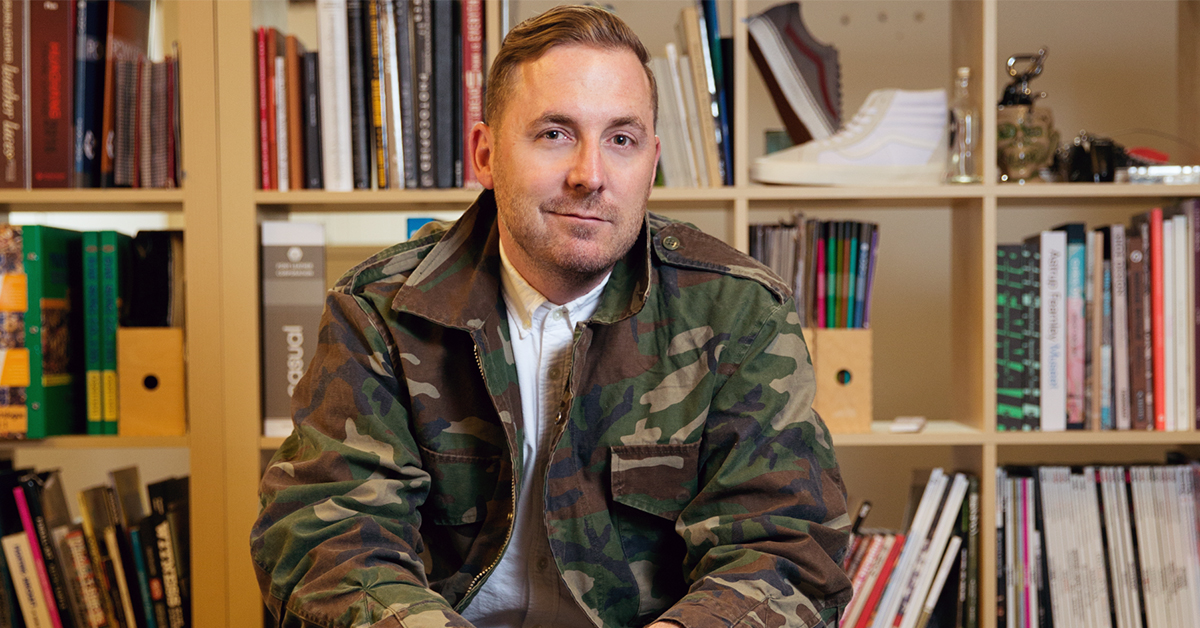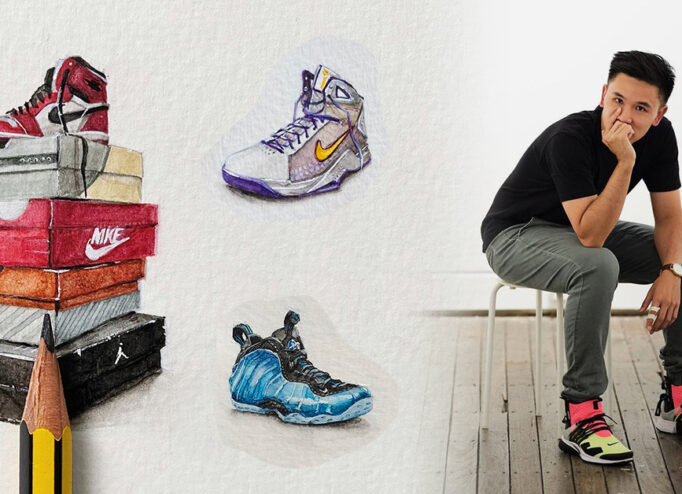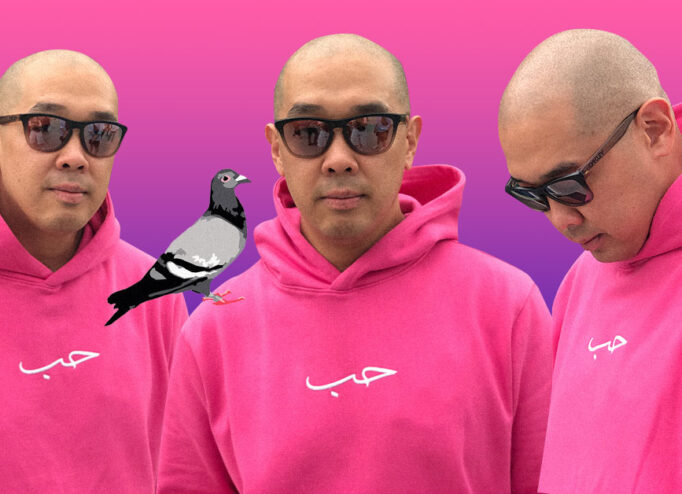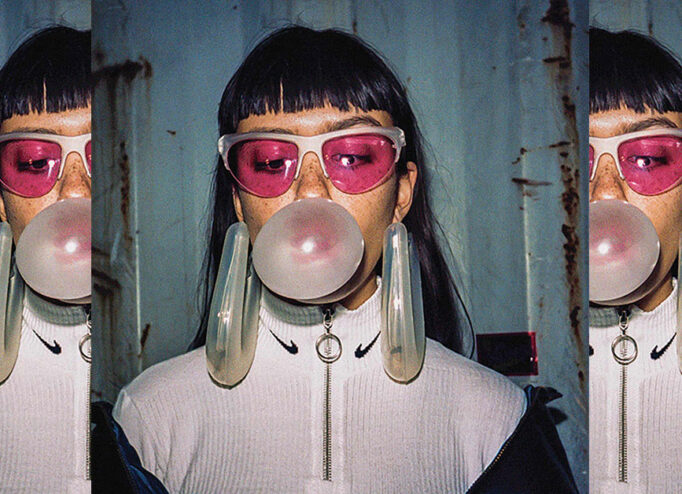J oining the Vans team 17 years ago, Rian Pozzebon had no idea that his love of retro silhouettes would become a defining factor in the company’s development. Over the years, he has spiralled up to being Head of Footwear Design for Vans, taking the lead on three key areas of the company and introducing hundreds of collaborations with fashion designers, artists, and musicians.
In an exclusive interview with DTF Magazine, Rian told about the brand’s dependence on classics, the recipe for a successful collaboration, the most popular Vans models, the refusal of Tyler, The Creator to collaborate with the brand, and whether he wore Converse sneakers
— Do you remember the time when you were offered a job at Vans? How did it happen?
— When my friend Jon Warren was proposed to be a footwear designer at Vans, he called me. During the conversation, we agreed he would have a hard time drastically changing anything in the brand acting alone. And we also realized we would make a good team. We were pleasantly astonished that Vans agreed to accept both of us, and our decision to voluntarily leave our companies for a new experience was a surprise for many friends.
— Have you thought hard?
— We were quick to agree. It was an offer that I could not refuse because I have always been obsessed with the idea of creating a design for something culturally significant.
The only thing which provoked doubt was that they might limit our freedom of expression and the opportunities to create something that we would be 100 per cent sure of. But the concerns proved unfounded.
— Have you already had experience working as a designer? If I remember correctly, you worked as a sales manager at Stussy before Vans.
— My first design experience was the launch of a backpack brand in 1995. I developed the design based on the needs of skateboarders who travelled. I was also in charge of marketing and advertising for 411 Video magazine. That was the starting point of our friendship with Jon Warren.
Later, I closed my brand, began to make money by selling things for winter sports, and with Warren, we moved in together. And at that point, Jon went from marketing to shoe design. We had a studio at home where we both studied the fashion design of footwear.
I always wanted to do design, but then I had more job offers as a salesperson. But even having focused on sales, I came up with some shoe designs for my former skate sponsor, PUMA, and the shoe company I worked for. My heart was with design, and we often dreamed with Jon that someday, we could work as a team.
— Before your Vans interview, you asked if you would be allowed to experiment with classics. Did you know even then that an emphasis on classics could save the brand?
— I never really thought about ‘saving Vans’. I just loved retro shoe models, and when I joined Vans, I wanted to ensure it became part of my contribution to the brand. I never expected the classic line would be the key to the brand’s success.
— How did you get the management to return to classics?
— The management team was open to new ideas, and I didn’t have a hard time convincing them that we be allowed to revive the classic line. At the time, the brand focused on creating skate shoes, but also many company employees didn’t accept that culture. Much has changed since then.
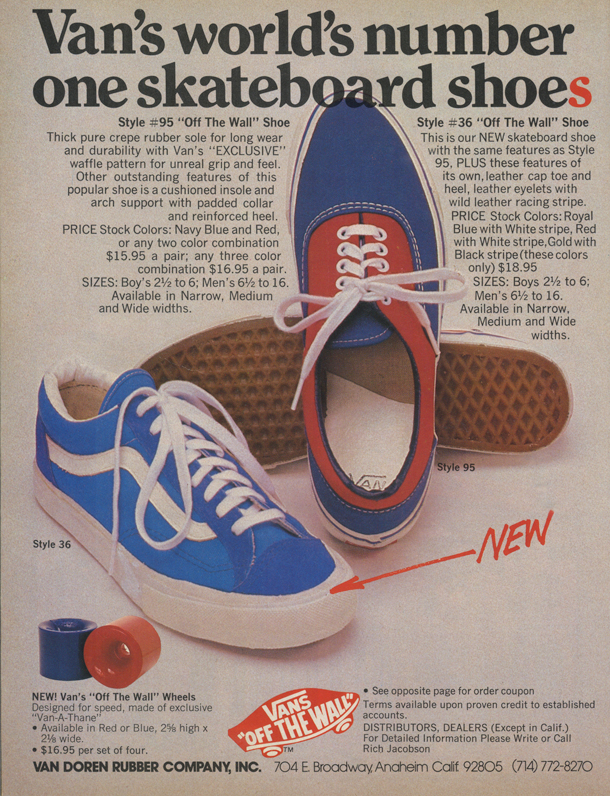
— But when you decided to study the Vans archives, it turned out that there were simply no archives… Is this any different now?
— Yes, it is. There are now several designers and marketers who own vintage Vans collections and share them.
— 17 years after joining the company, do you still believe in classics?
— I believe in the victory of heredity and comfort which you may find by plunging into the brand history. I also believe that modern footwear can fit better, last longer, and be more comfortable. Now we don’t have to choose one thing, and we continue to develop our classic models.
— How dependent are you upon classics? Do you have the freedom to experiment?
— We develop all our lines equally. Whether it’s the Classics, Pro Skate, new models with focuses on surfing, or the modern casuals—we give the same attention to each line and put into them similar efforts.
But if you ask me about the most popular model right away, Old Skool is in A-lists of all categories.
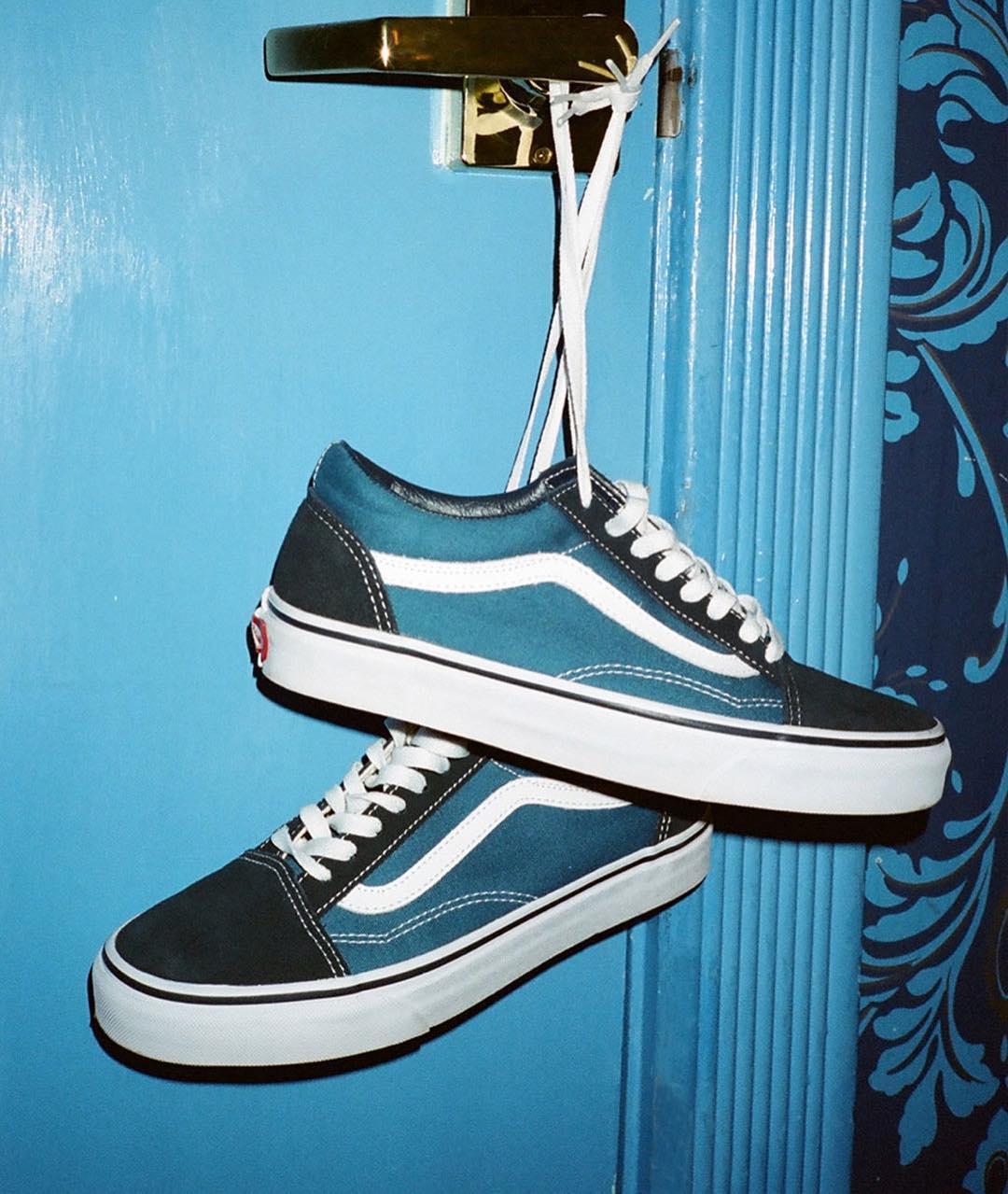
— To the conventional consumer, Vans may look like the same five models that are constantly being reissued, and all that changes is their colours. How, for example, do Old Skool or Era of 10 years ago differ from modern models?
— We’ve recently launched a new collection called ComfyCush that combines classic design with improved comfort and fit. We’ll use this technology in our future collections in which we are going to include not only classic models with the new look. All this we will release already in the coming months.
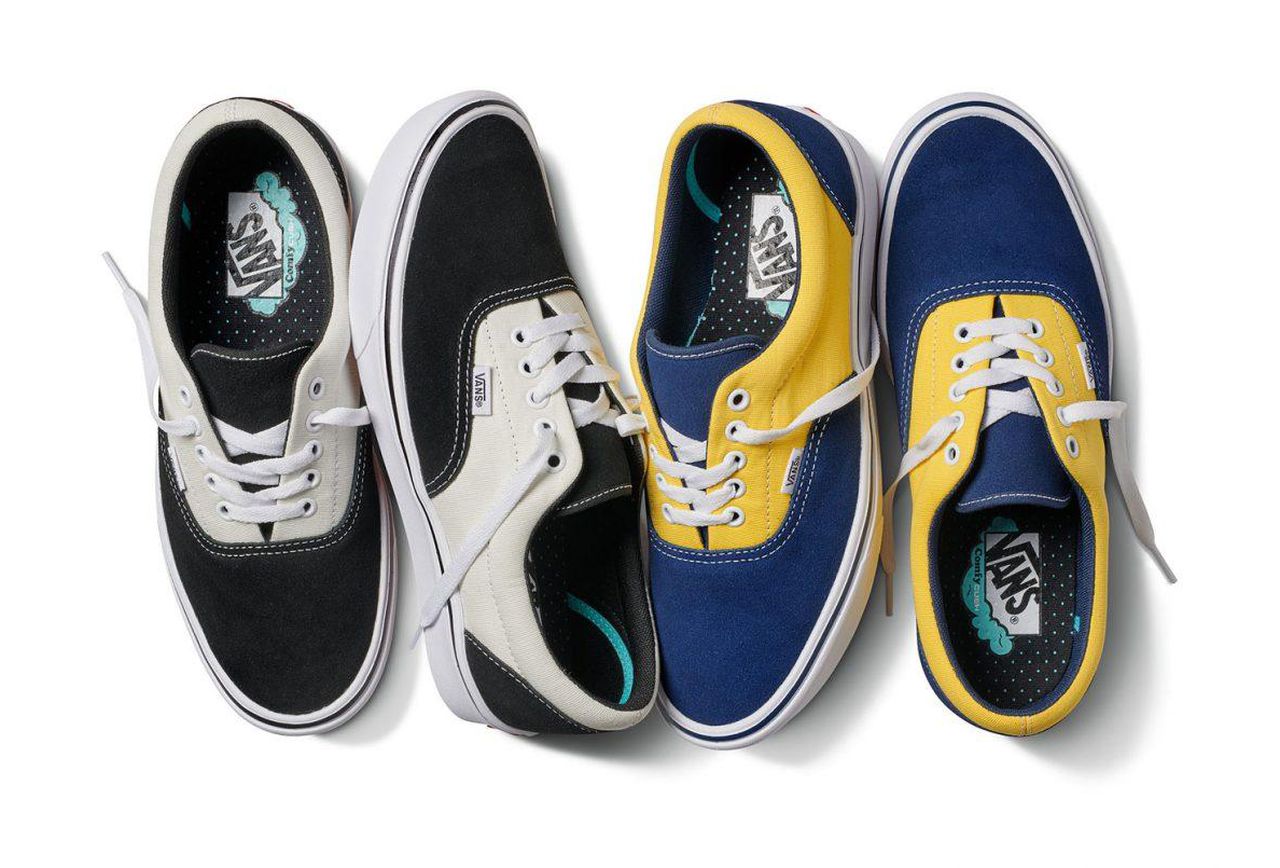
— Aren’t you worried that there’ll be a moment when your buyer wants more? In that case, do you have a Plan B?
— I guess, at present, everyone is obsessed with classics, but if you try, you can find fancy silhouettes outside the five key models too. One example is our UltraRange collection which we designed considering the needs of several surfers from the Vans team. It combines classic panels with lightweight elements: these sneakers are convenient to use on trips.
We have been styling new designs since I joined the company. Every season, our team designs new silhouettes for the market.
— How long do you think the demand for classic models will last?
— Our time is wibbly-wobbly enough, whereas classics generally mean comfort. You can’t go wrong with classics, and people are just looking for such stability.
— By the way, how do you feel about ‘imitators’? For example, Ian Connor’s Revenge x Storm is doing pretty well by simply replacing your jazz stripe with a lightning logo.
— It’s actually a lot of fun for our design is easy enough to copy. I don’t blame people looking for a short-cut to draw attention because that’s not easy to get it. I’m more curious about what they do with that attention when they receive it.
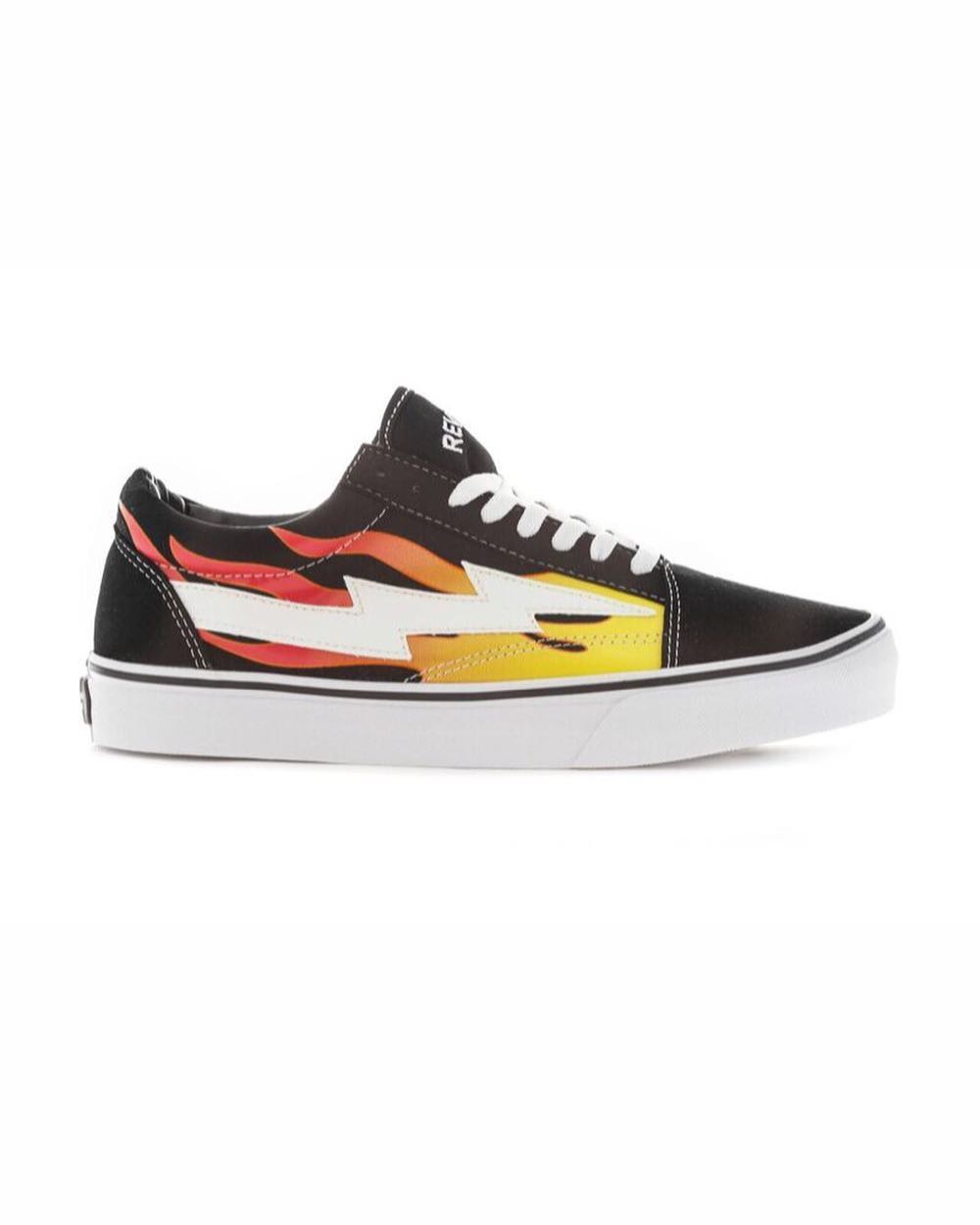
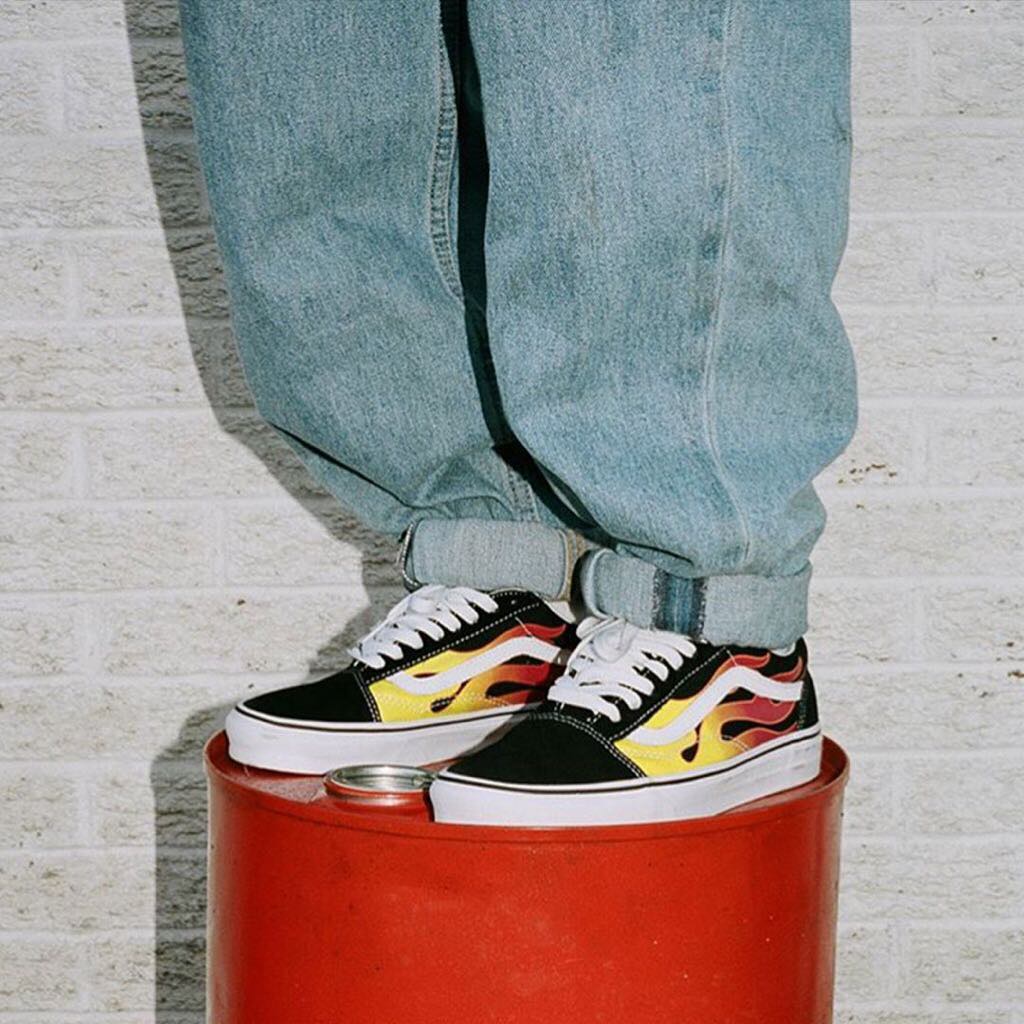
On collaborations
— In 2003, Vans launched the Vault premium line and two years later, opened Syndicate*. Why did you need another project aimed at limited collaborations after launching Vault?
— In short, colours filled the Vault by Vans while the Syndicate line was black. Something like a conflict of good and evil. Now we are creating collaborations across all Vans lines. Besides, there are some collaborations, such as Vans x Defcon, within both the Pro Skate and the Vault collections.
*Vans Syndicate line was closed in 2015 after 10 years of work.
— How are candidates selected for new collaborations?
— Collaborations arise for various reasons. Mostly out of friendship, but practically every project comes from the love for Vans. A lot of the people I work with, remembering stories about the first pair of shoes, can’t wait to work on their own one. Many started out with customizing shoes and want to repeat this by creating a collaboration. Yes, they refused me, and yes, I also refused if something seemed inappropriate to me because we strive to make our collaborations actual and authentic.

— But in 2016, for example, Tyler, The Creator stopped working with Vans and stated that the company was limiting his ideas. Can you tell us what happened then between the rapper and the brand?
— That collaboration began thanks to the friendship with the guys from the Supreme store in Los Angeles and their support for the Syndicate project. That is why Tyler wanted to work only within the Syndicate line. When we were shutting the project, Tyler completely changed his vision of what he wanted to get out of our collaboration.
UPD: During his speech at the DTF Conference, Rian explained that Tyler wanted a completely new sneaker model to be designed, but the brand did not start styling a new silhouette within the collaboration. That was another reason for the rapper and Vans to put an end to the collaboration.
— Vans has no official star ambassadors: the brand promotes sneakers mainly through professional skaters. But at the same time, celebrities also wear your shoes: from Rihanna and Hailey Bieber to A$AP Rocky and Frank Ocean who wandered into the White House one day in his chequered slip-ons. Why, then, don’t you invite someone other than skaters as your ambassador?
— Telling the stories, we work with artists, athletes, musicians, and people from other fields. For example, we create campaigns and videos, Sidestripe Sessions podcast series, and attract ambassadors to our events. We always are cooperative, but our primary purpose is to build honest and long-term relations.
— And what do you think of collaborations in general? Don’t you think there are so many of them that they are devalued?
— Indeed, there are a lot of collaborations created. That’s why we try to make them genuine and unique. We work together with the heroes to improve the design and also to have fun.
— What are the most successful Vans collaborations? And what are those you would like to forget about for various reasons?
— Most of all, I liked working with Ice-T. When we launched Syndicate, we were very inspired by the Los Angeles hip-hop group Rhyme Syndicate, and Ice-T was one of the key figures in the group. The chance to meet with him, listen to his stories about the development of hip-hop in Los Angeles, and on how Rhyme Syndicate was formed while sitting in his office during the filming of Law & Order was something special.
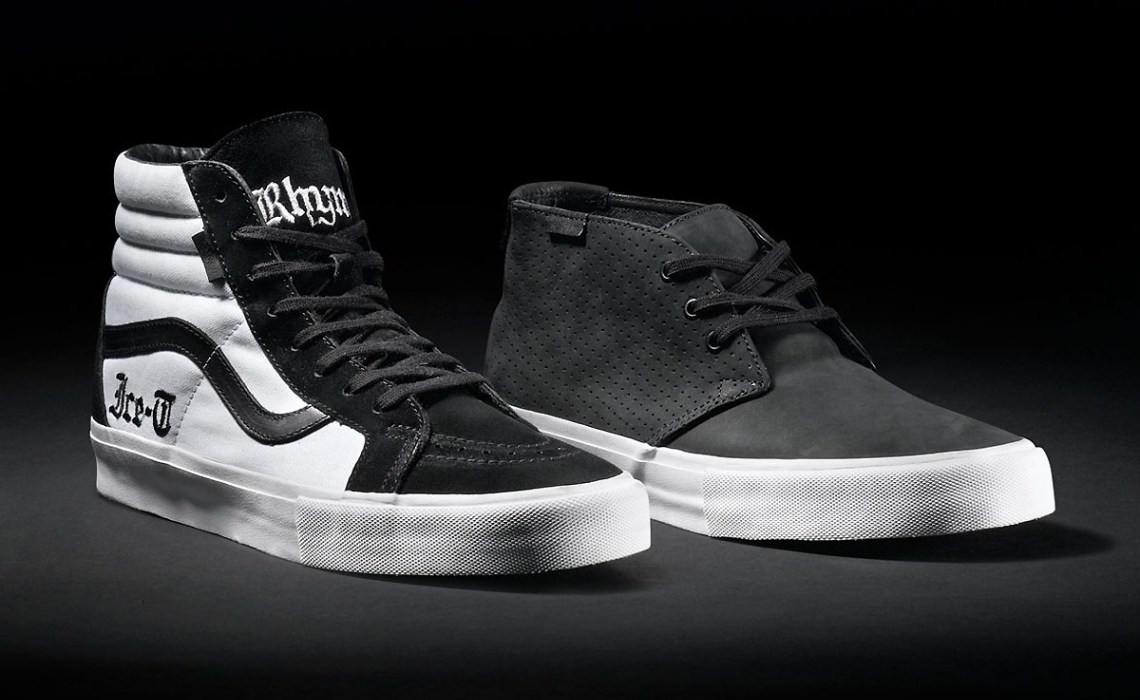
— To what, in your view, should we attribute the success of a particular release?
— We created them with integrity.
— What would you call your main success and failure in 16 years?
— My major success is the team that I’ve been surrounding myself with for all the time of my work at Vans. I am a hundred per cent sure of all its members and of their contributions to Vans’ future.
And the failure lies in the fact that sometimes I’m a bit much focused on something and too straightforward in my opinions.
— What is your favourite Vans model? Which model do you wear most often?
— I started with Style #44 (Vans Authentic) as a child and still love them.
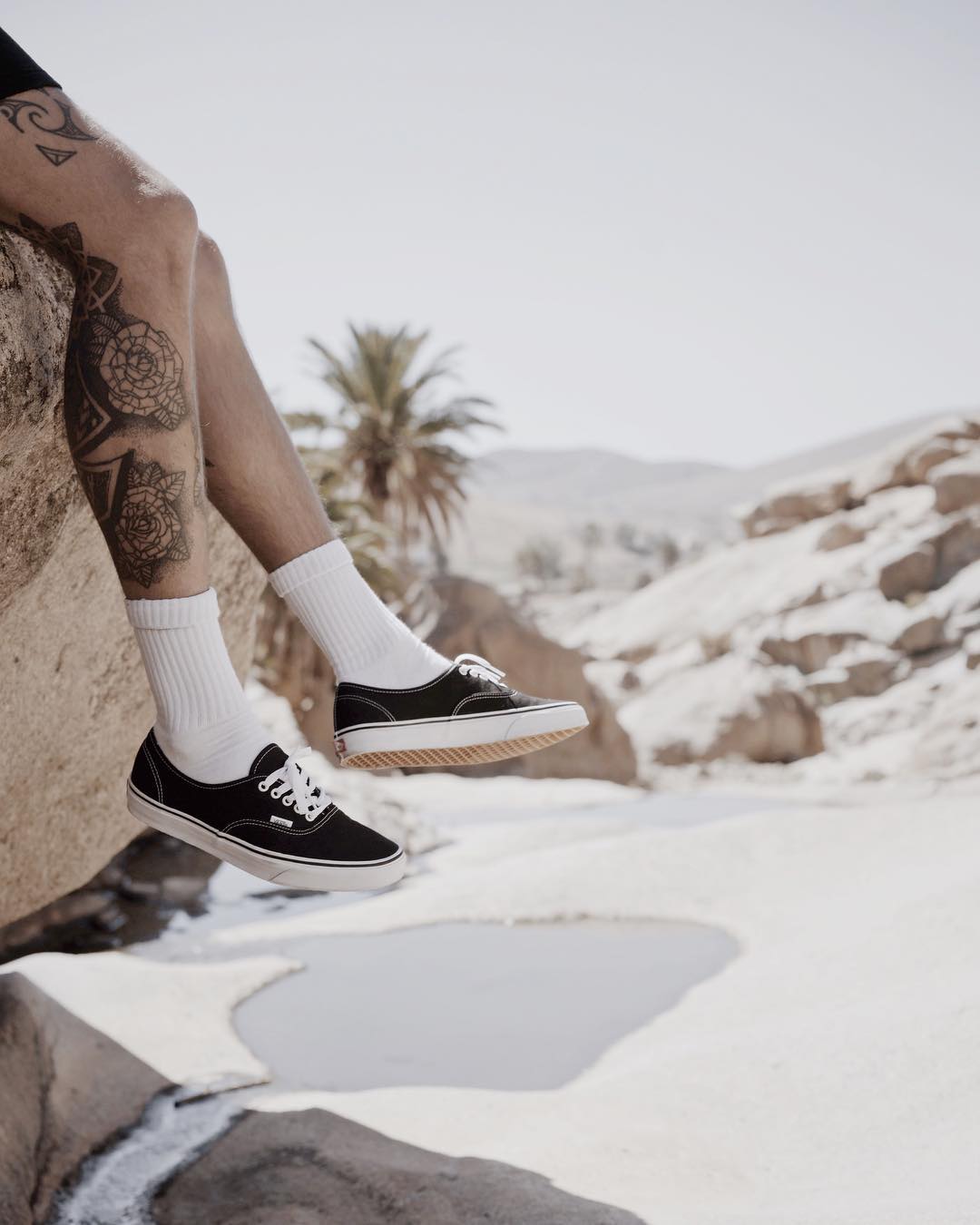
— Do you wear Converse sneakers?
— I bought my first pair of Converse Chuck Taylor three years ago just to get a taste of how it felt. But, you know, I grew up in a house with a Vans store right in the neighbourhood, and all the tough guys wore Vans.
On 8–9 June, in Kyiv, Rian Pozzebon will go public telling about the work with classic models, Vans collaborations, and his brand of backpacks and Bravo bags on the main stage of the DTF Conference.
The DTF Conference will take place on 8–9 June at the Lavra Gallery in Kyiv. In addition to Pozzebon, Highsnobiety co-founder Jeff Carvalho, street photography legend Atiba Jefferson, founder of the world’s largest street art museum Yasha Young, VICE journalist-prankster and filmmaker Oobah Butler, and CLO3D vice president Lisa Kohlert will also perform on the main stage. More information about all the speakers can be found here.
For event participants, there is a 20% discount on all rooms at the Bursa Hotel if they have a ticket to the DTF Conference. Just insert the promo code BURSADTF when booking two days or more between 3–10 June at bursa.cc or by email to [email protected].
